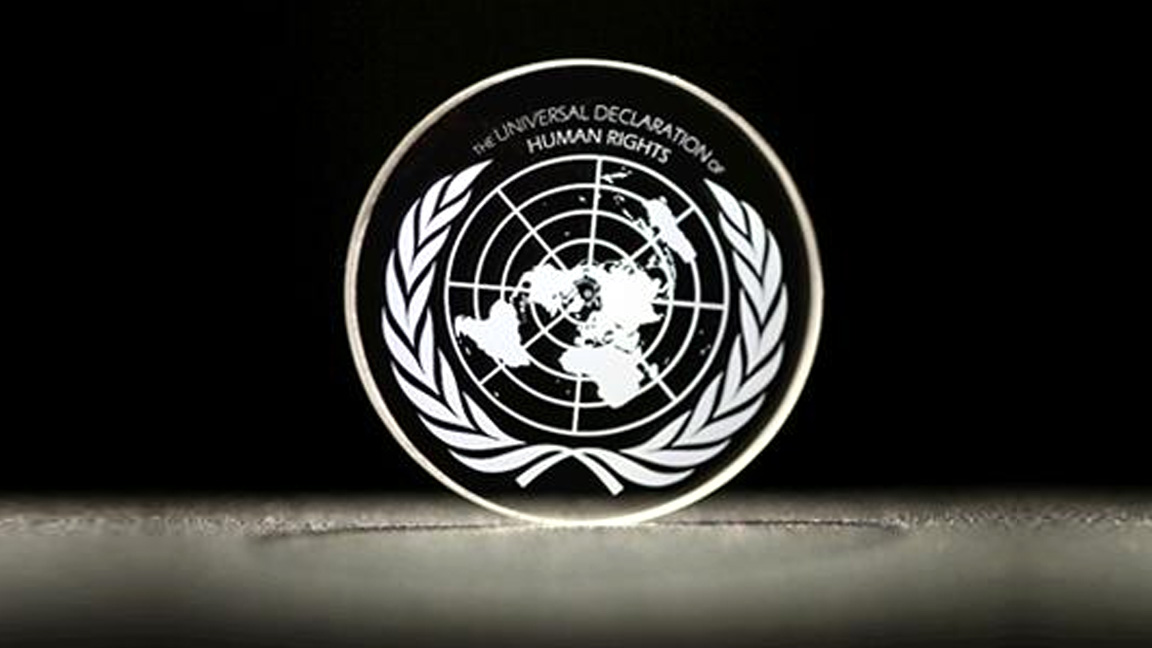"Eternal" 5D Quartz media could be the distant successor of Blu-ray
Still along way to go though

The news made the headlines a few days ago: a team of scientists at the University of Southampton managed to produce a support, 5D or Superman memory crystal, that has a shelf-life of nearly 14 billion years and can store up to 360TB of data.
During an email exchange with techradar.pro, some members of the team that worked on the project were happy to share some more details about the expectations and the technical challenges that they faced.
The current achievable density stands at "several TB" per disc, each disc being 120mm in diameter with a 1.2mm thickness. Assuming that there's no holes in the middle, that translates into a storage density of at least 221GB per cubic centimetre - assuming a capacity of 3TB.
That capacity is expected to grow to 20TB by 2018 and ultimately reaching 360TB. In comparison, popular tape format LTO is expected to reach 12TB by 2018 (LTO-8), 24TB in 2020 and 48TB by 2022.
Ausra Cerkauskaite from UoS's Optoelectronics Research Centre added that "he speed of data storage and retrieval is limited by the physical parameters of the write/read-out drives".
The highest speed achieved with the current setup is 6KB/s, several orders of magnitude smaller than current mainstream storage devices and do require a microscope to read the data.
However, Cerkauskaite remains convinced that given investor support, the development of microscope-free systems could make 5D a "reasonable" alternative to Blu-ray discs.
Are you a pro? Subscribe to our newsletter
Sign up to the TechRadar Pro newsletter to get all the top news, opinion, features and guidance your business needs to succeed!

Désiré has been musing and writing about technology during a career spanning four decades. He dabbled in website builders and web hosting when DHTML and frames were in vogue and started narrating about the impact of technology on society just before the start of the Y2K hysteria at the turn of the last millennium.